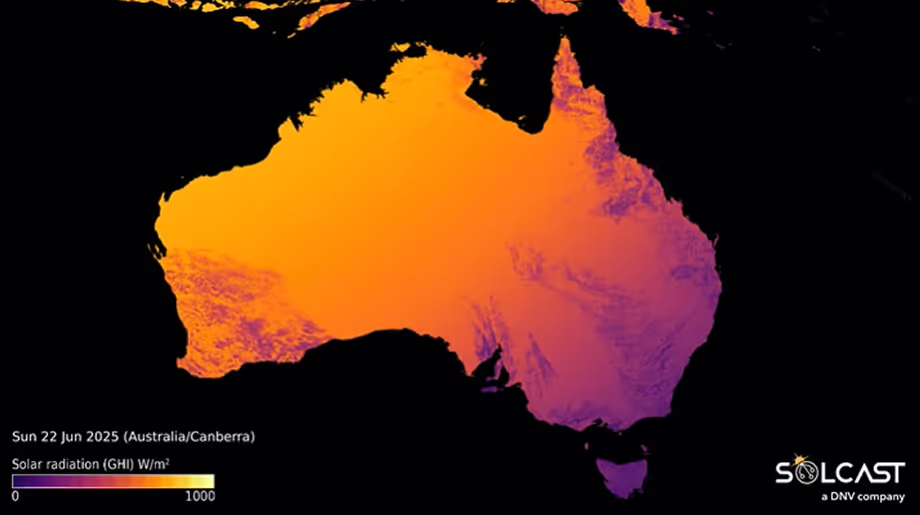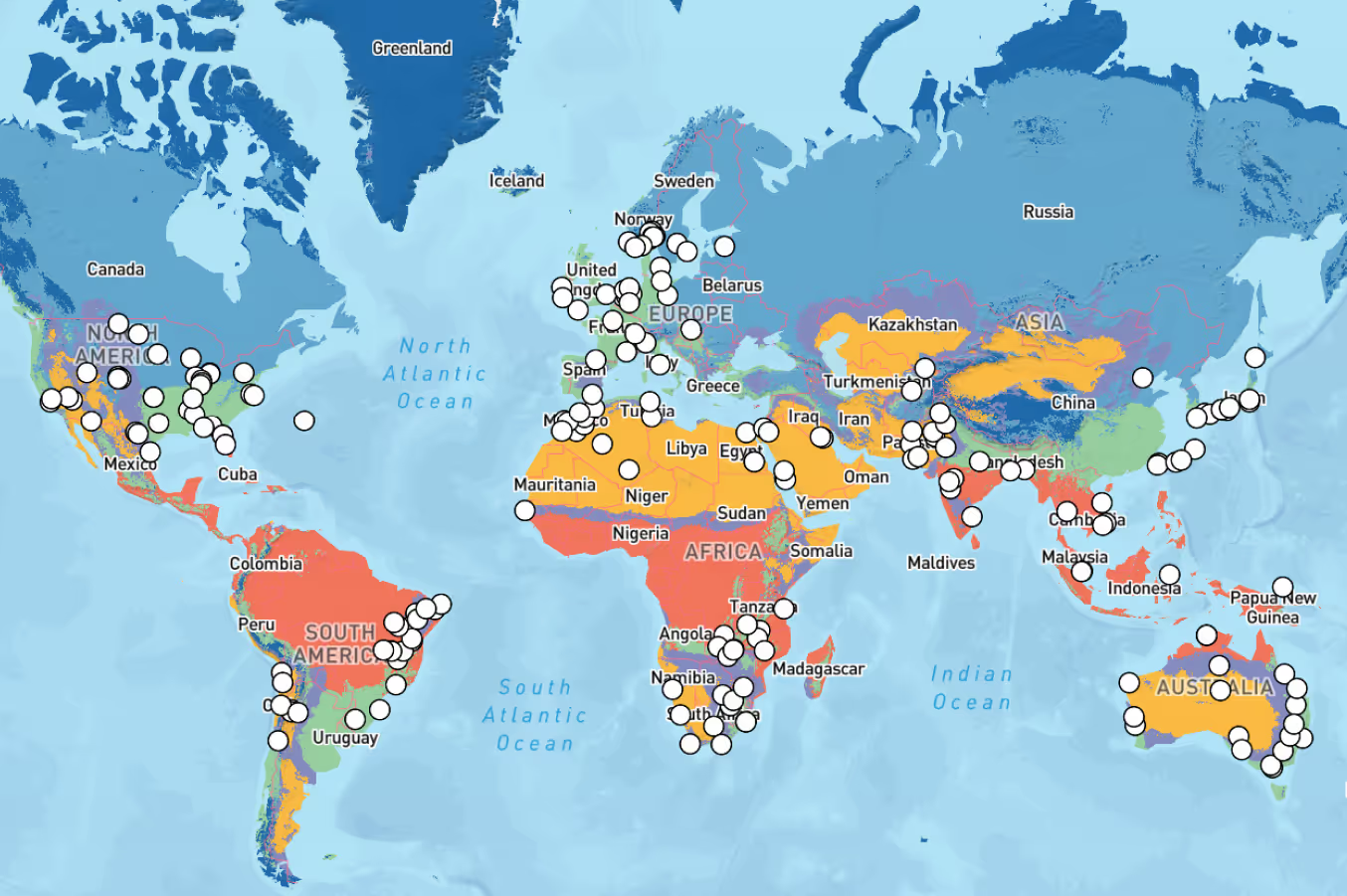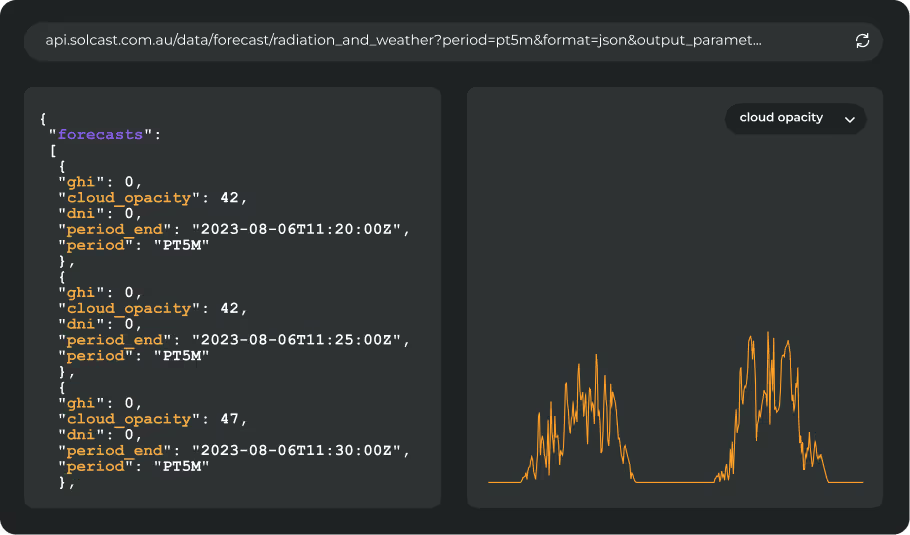Our modelling team have identified new snow depth parameters that are better for Solcast customers modeling their own snow soiling calculations. So we’re introducing two new parameters, and deprecating our legacy snow_water parameter.
Snow_depth
The new snow_depth metric is a measure of the physical snow pack on the ground, measured in centimeters.
Snow_water_equivalent
The new snow_water_equivalent parameter is a measure of the equivalent water depth from the current snow pack, measured in centimeters of water equivalent. Essentially if the current snow pack melted, how much water would remain.
Changes for the API
The two new parameters are now live and can be queried by customers with a Live or Live and Forecast Solcast Subscription.
Our previous snow-water metric, has been reflecting a snow water equivalent calculation based on precipitated snow. With the new metrics now live, the legacy snow_water parameter will be deprecated in May 2023 and existing customers using this parameter will have heard from our support team about how to implement the new parameters.
Our snow parameters are derived from Numerical Weather Prediction data. For Live and Forecast, this is NOAA GFS, and for Historic and TMY this is ERA5.










.avif)


